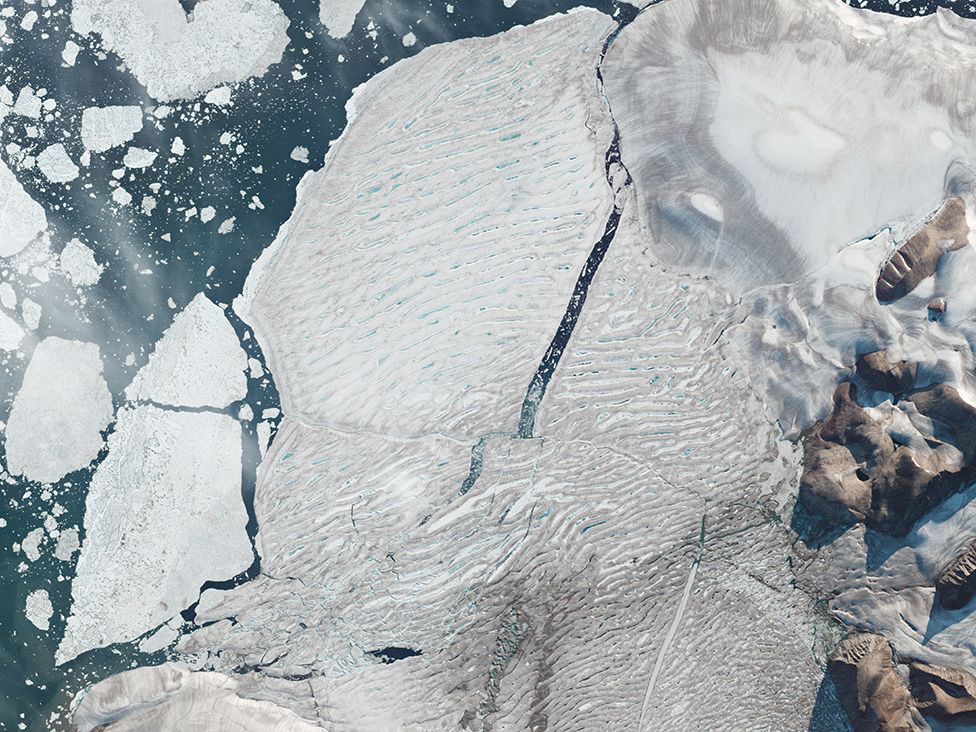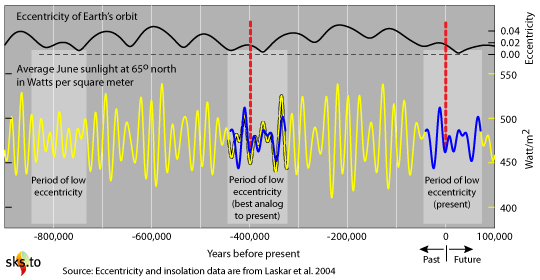Could the West Antarctic Ice Sheet continue to add to sea level rise?
Yes. The West Antarctic Ice Sheet forms what is called a marine ice sheet — the ice is resting on bedrock, but that bedrock is below sea level. (Parts of the East Antarctic Ice Sheet are also below sea level).
Where the bedrock under a marine ice sheet slopes down towards the interior of the continent, such as under parts of West Antarctica, the ice sheet may be unstable. If the coastal part of the ice sheet flows more rapidly and thins (e.g. in response to ice shelf changes), it will start to float. This reduces the forces restraining the ice sheet, which is then able to flow even more rapidly. This will drain more ice from further inland, thinning the ice sheet upstream, which may also start to float. With bedrock that slopes backwards, becoming deeper towards the interior, continued retreat of the boundary of the grounded ice sheet may proceed very rapidly. In this way, a small initial retreat could in theory destabilize large sections of the West Antarctic Ice Sheet, leading to rapid ice loss. However, uncertainty remains around how likely this process is and how much it might affect sea level rise by 2100.





